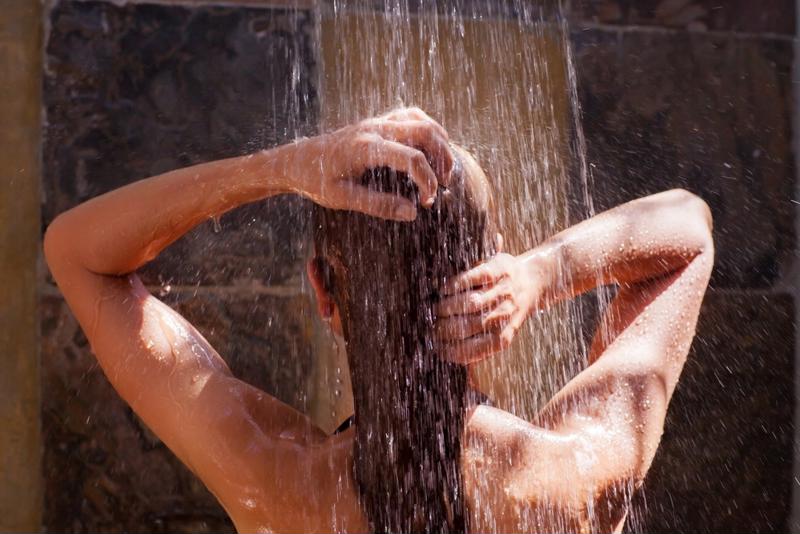Choosing the right shower head

Your house is full of appliances that are both essential and incredibly easy to take for granted. This may be truer of the bathroom than anywhere else. It’s a fundamental part of any household, and nearly everyone spends some significant portion of an average day in one, but at the same time, consider how often you’ve errantly flushed paper products that aren’t really supposed to go down the toilet. We’ve all done it. While hardly a crime, it’s still a poor practice.
Consider something such as your shower head. How often do you think about it unless something goes wrong with it, or the water pressure momentarily is less or more than what you desire? (We’re willing to guess “not very.”) Researching carefully and making the right choice before committing money to this shower part can help reduce the likelihood of you experiencing poor pressure or sub-optimal temperatures – and maybe make you a little more grateful for your household’s underappreciated aspects! (While examining the factors that help your shower head offer a better experience, you may also want to consider alternative heat sources for the bathroom in general, such as tankless water heaters.)
Measure the pressure
“Pressure Drop” is a fantastic Toots and the Maytals song, but decidedly not something you want to experience during a shower. If that’s happening, you’ll naturally want to get the head changed. Angie’s List recommended that before you do, you purchase a pressure tester, a small, inexpensive device available at most hardware and plumbing supply stores. You attach it to the shower’s spout as if it were the head, and it calculates the pressure in pounds per square inch.
For high-pressure showers, you’ll want 55 psi or more, and typical shower heads range between 40 and 60 psi, according to Angie’s List. If the psi isn’t unusual but you still experience low pressure when the head’s attached, a leak or clog in the plumbing is probably to blame – a bigger problem, to be sure, but one you’d rather learn about sooner than later. Also, don’t forget that any flow restrictors you’ve installed to conserve water will also lower the pressure.

Consider the mounting
BobVila.com noted that your shower head’s mount type has more of an effect on the overall experience than you might think. If you’re the only person using it, a standard wall mount or top mount (the latter being sometimes referred to as a “rain shower”) is probably fine. But for any household with a family of varying-aged people, it’s better to have options. As a result, you should choose between either a sliding-bar shower head that can be raised and lowered or one that can be removed from the mount for handheld use.
Energy efficiency and cost
Water conservation standards established by the Environmental Protection Agency dictate that shower heads can’t allow a water-flow rate in excess of 2.5 gallons per minute, or with pressure higher than 80 psi. (Most home water systems don’t provide pressure higher than that, but it’s important to note.)
In any case, Lowe’s recommended seeking out shower heads that bear the WaterSense label, which indicates that they meet the EPA’s standards for both energy efficiency and water use. This can, in the long run, help you save on both your heating and water bills, and that’s an advantage no one can find fault with. Some are specifically designed to create a stronger flow despite lower water pressure, which addresses the aforementioned pressure issue without sacrificing efficiency or infringing upon any federal regulations.
Then there’s the actual price tag of the part itself to consider. The vast majority of the shower heads you find will cost somewhere between $50 and $400, but they can also be cheaper than $10 and well above $2,000. If you’re going to opt for either extreme, be absolutely sure that your frugality – or your splurging – will actually provide the performance and refreshment that a good shower should give you.
To further bolster your shower’s efficiency and add comfort, you can incorporate an electric tankless water heater at the shower point of use. This way, while you enjoy the improved experience of your new shower head, you can also eliminate standby heat loss and ensure that you have an endless supply of hot water without hurting your utility bills.
